The Synergy Between Artificial Intelligence and Internet of Things
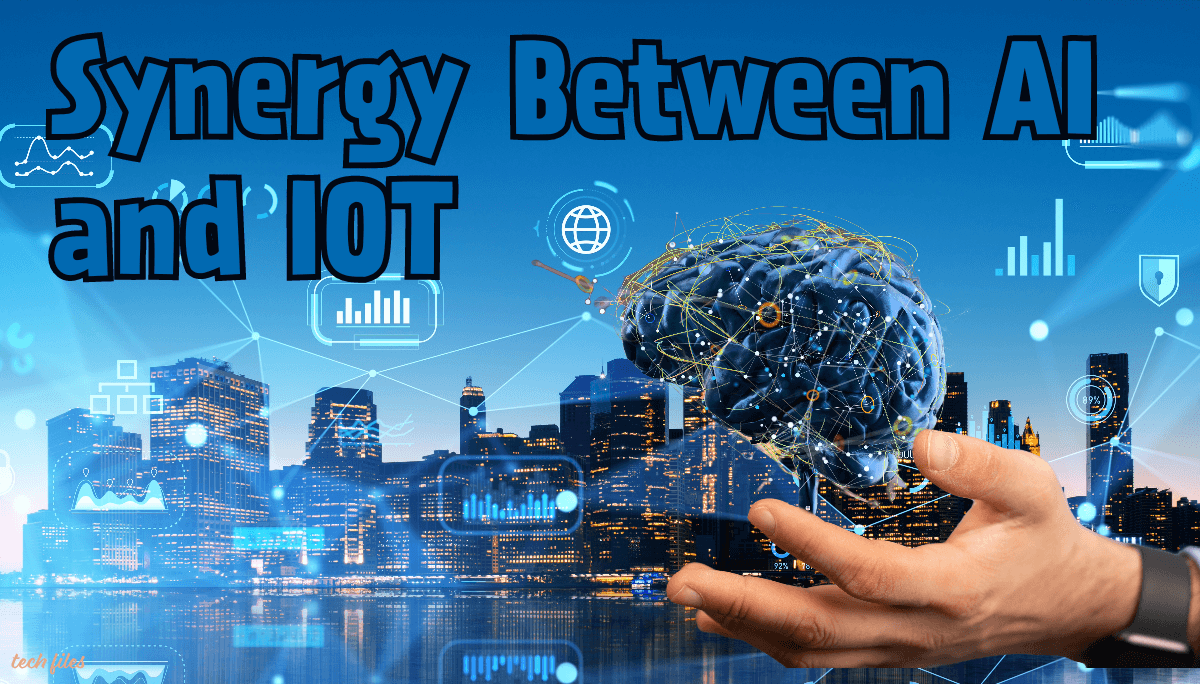
Artificial Intelligence (AI) and the Internet of Things (IoT) are two rapidly advancing technologies that, when combined, create a powerful synergy capable of transforming a wide range of industries. AI, with its ability to replicate human intelligence and learn from vast amounts of data, complements the IoT’s network of interconnected devices and sensors, creating a seamless ecosystem of intelligent devices. This collaboration allows for real-time monitoring, predictive analytics, and automation, leading to increased efficiency, reduced costs, and improved decision-making processes.
One area where the synergy between AI and IoT has gained significant attention is in the field of healthcare. With the integration of AI algorithms into healthcare IoT systems, healthcare professionals can collect and analyze patient data in real-time, enabling the early detection of diseases, personalized treatment plans, and improved patient outcomes. AI-powered virtual assistants can also be integrated into wearable devices, providing personalized health advice and reminders, enhancing the overall well-being of individuals. The union between AI and IoT in healthcare has the potential to revolutionize the way medical care is delivered, making it more efficient, accessible, and precise.
- Real-time monitoring and analysis of patient data
- Early detection of diseases through AI algorithms
- Personalized treatment plans for improved patient outcomes
- Integration of AI-powered virtual assistants in wearable devices
- Enhanced overall well-being through personalized health advice and reminders
Harnessing the Power of AI and IoT Integration
From homes to industries, the integration of Artificial Intelligence (AI) and Internet of Things (IoT) has been creating a significant impact. This powerful collaboration has the potential to revolutionize the way we live and work. By harnessing the power of AI and IoT integration, businesses and individuals can unlock new possibilities, enabling smarter decision-making, improved efficiency, and enhanced connectivity.
One of the key benefits of AI and IoT integration is the ability to gather and analyze vast amounts of data in real-time. IoT devices, such as sensors and smart devices, collect valuable information, while AI algorithms process and make sense of this data. This synergy enables businesses to gain deeper insights, identify patterns, and predict outcomes, leading to better operational efficiency, optimized resource utilization, and improved customer experiences. Additionally, AI-powered IoT systems can automate and streamline processes, reducing human intervention and minimizing errors. As a result, organizations can achieve higher productivity levels and cost savings, while individuals can enjoy personalized and seamless experiences in their everyday lives.
- Improved decision-making: AI and IoT integration allows businesses to make more informed decisions by analyzing real-time data and identifying patterns.
- Enhanced efficiency: By automating processes and reducing human intervention, AI-powered IoT systems can improve operational efficiency.
- Optimized resource utilization: The ability to gather and analyze data in real-time enables organizations to optimize the use of resources, leading to cost savings.
- Improved customer experiences: By leveraging AI and IoT, businesses can personalize their interactions with customers, providing them with seamless experiences.
- Streamlined processes: AI-powered IoT systems can automate tasks, reducing errors and improving overall productivity levels.
Understanding the Role of AI in Enhancing IoT Solutions
One of the most significant advancements in recent years has been the integration of Artificial Intelligence (AI) with Internet of Things (IoT) solutions. AI plays a crucial role in enhancing the capabilities of IoT devices and systems, making them smarter, more efficient, and able to perform complex tasks. By leveraging AI algorithms, IoT solutions can analyze vast amounts of data in real-time, identify patterns, and make intelligent decisions, thus transforming how we interact with connected devices and the world around us.
AI brings several key benefits to IoT solutions. Firstly, it enables effective prediction and forecasting based on historical data, allowing for proactive maintenance and management of IoT devices. By analyzing data patterns, AI can predict when a device is likely to fail or when a certain condition is expected to occur, enabling proactive measures to be taken to ensure business continuity and optimize operations. Additionally, AI enhances the accuracy of data analytics in IoT environments by reducing errors and noise, leading to more accurate insights and more informed decision-making. This level of precision is particularly important in applications such as healthcare, energy management, and transportation, where even slight errors can have significant consequences. Overall, the integration of AI with IoT solutions opens up vast possibilities for innovation and efficiency across industries.
- AI enhances the capabilities of IoT devices and systems, making them smarter and more efficient.
- By leveraging AI algorithms, IoT solutions can analyze vast amounts of data in real-time.
- AI enables effective prediction and forecasting based on historical data, allowing for proactive maintenance and management of IoT devices.
- It can predict when a device is likely to fail or when a certain condition is expected to occur.
- Proactive measures can be taken to ensure business continuity and optimize operations.
- AI reduces errors and noise in data analytics in IoT environments, leading to more accurate insights and decision-making.
- This level of precision is crucial in industries such as healthcare, energy management, and transportation.
Exploring Real-world Applications of AI and IoT Collaboration
One of the most exciting aspects of the synergy between Artificial Intelligence (AI) and Internet of Things (IoT) is the wide range of real-world applications that have emerged from their collaboration. These applications span various industries and have the potential to revolutionize how we live, work, and interact with technology.
In the healthcare industry, AI and IoT collaboration has led to the development of advanced wearable devices that can monitor patients’ vital signs in real-time. These devices can not only detect potential health issues but also alert healthcare professionals to intervene in a timely manner. Moreover, AI algorithms applied to the vast amount of data collected from IoT devices can help predict disease outbreaks and epidemics, leading to more effective preventive measures. Overall, the combination of AI and IoT is making healthcare more proactive, personalized, and ultimately, saving lives.
- Advanced wearable devices can monitor patients’ vital signs in real-time
- Detect potential health issues and alert healthcare professionals
- AI algorithms applied to the data collected can predict disease outbreaks and epidemics
- More effective preventive measures in healthcare
- Making healthcare more proactive, personalized, and saving lives
Overcoming Challenges in Integrating AI with IoT Devices
The integration of Artificial Intelligence (AI) with Internet of Things (IoT) devices has brought about numerous benefits and opportunities. However, this collaboration does come with its fair share of challenges. One of the main obstacles is the complexity in connecting AI algorithms with IoT devices seamlessly. As AI algorithms are often resource-intensive, integrating them with IoT devices requires a careful consideration of the limited computing power and storage capacity of these devices. This challenge necessitates the development of optimized algorithms and hardware configurations that can run efficiently on IoT devices, ensuring a smooth and effective integration between AI and IoT.
Another significant hurdle in integrating AI with IoT devices lies in the interoperability between different devices and platforms. As the IoT ecosystem comprises a wide range of devices from different manufacturers, each operating on different protocols and standards, achieving seamless connectivity and data exchange becomes a challenging task. The compatibility issues among diverse IoT devices can limit the effectiveness of AI algorithms and hinder the overall performance of the integrated system. Addressing this challenge entails the development of standardized protocols and frameworks that enable interoperability and smooth communication between AI and IoT devices, thus unlocking the true potential of this collaboration.
- The complexity of connecting AI algorithms with IoT devices seamlessly is a major challenge.
- AI algorithms are often resource-intensive, requiring consideration of limited computing power and storage capacity of IoT devices.
- Optimized algorithms and hardware configurations need to be developed for efficient integration between AI and IoT.
- Interoperability between different devices and platforms is another significant hurdle in integrating AI with IoT devices.
- The wide range of devices from different manufacturers operating on different protocols can limit connectivity and data exchange.
- Standardized protocols and frameworks are needed to enable interoperability and smooth communication between AI and IoT devices.
Leveraging AI Algorithms to Boost IoT System Efficiency
Artificial Intelligence (AI) algorithms have emerged as a game-changer in augmenting the efficiency of Internet of Things (IoT) systems. By leveraging AI algorithms, IoT devices can analyze and interpret vast amounts of data in real-time, enabling them to make intelligent decisions and respond instantaneously to changing circumstances. This integration of AI and IoT opens up a world of possibilities, empowering organizations to enhance their operational processes, optimize resource allocation, and deliver more personalized experiences to end-users.
One significant benefit of leveraging AI algorithms in IoT systems is the ability to improve predictive maintenance. By collecting data from IoT devices and applying AI algorithms, organizations can proactively identify and address potential failures or anomalies before they occur. This predictive maintenance approach not only minimizes costly downtime but also extends the lifespan of IoT devices, reducing maintenance and replacement costs. Additionally, AI algorithms can optimize resource utilization by analyzing data from IoT sensors, allowing organizations to better allocate their resources, reduce energy consumption, and optimize production schedules.
- AI algorithms enable IoT devices to analyze and interpret vast amounts of data in real-time.
- This allows IoT devices to make intelligent decisions and respond instantaneously to changing circumstances.
- The integration of AI and IoT empowers organizations to enhance operational processes.
- It also enables them to optimize resource allocation and deliver more personalized experiences to end-users.
- One significant benefit is the ability to improve predictive maintenance by proactively identifying potential failures or anomalies before they occur.
- Predictive maintenance minimizes costly downtime and extends the lifespan of IoT devices, reducing maintenance and replacement costs.
- AI algorithms can optimize resource utilization by analyzing data from IoT sensors.
- This helps organizations better allocate resources, reduce energy consumption, and optimize production schedules.
Enhancing Data Analytics with AI in IoT Environments
The integration of Artificial Intelligence (AI) with Internet of Things (IoT) systems has given rise to enhanced data analytics capabilities in IoT environments. AI algorithms can process large volumes of data collected from IoT devices, and extract valuable insights and patterns that can help businesses make informed decisions. By leveraging AI in data analytics, IoT systems can become more efficient and effective in providing actionable intelligence.
One key advantage of using AI for data analytics in IoT environments is its ability to analyze data in real-time. Traditional analytics approaches may struggle to process the massive amounts of data generated by IoT devices in real-time. However, AI-powered analytics tools can quickly analyze the data as it is collected, allowing businesses to access up-to-date insights and take immediate actions. This real-time analysis not only enhances decision-making but also enables businesses to respond quickly to changing circumstances, leading to improved operational efficiency and customer satisfaction.
- AI algorithms can process large volumes of data collected from IoT devices
- Extract valuable insights and patterns to help businesses make informed decisions
- Enhance efficiency and effectiveness in providing actionable intelligence
- Analyze data in real-time, overcoming the limitations of traditional analytics approaches
- Access up-to-date insights and take immediate actions for better decision-making
- Enable businesses to respond quickly to changing circumstances
- Improve operational efficiency and customer satisfaction
Improving Cybersecurity Measures in AI and IoT Ecosystems
As the adoption of artificial intelligence (AI) and the Internet of Things (IoT) continues to grow, so does the need for robust cybersecurity measures in the AI and IoT ecosystems. With the increasing connectivity and integration of devices, there is an inherent risk of potential vulnerabilities and threats. Therefore, it is crucial for organizations and individuals to prioritize the enhancement of cybersecurity measures to ensure the protection and integrity of sensitive data.
One of the main challenges in the AI and IoT ecosystem is the vast amount of data generated and exchanged between interconnected devices. This abundance of data offers potential targets for cybercriminals and hackers to exploit. To address this issue, organizations need to implement comprehensive security protocols, including encryption algorithms and secure authentication mechanisms, to safeguard data transmission and storage. Additionally, regular security audits and vulnerability assessments should be conducted to identify and mitigate potential risks in the system. By diligently monitoring and maintaining the security of AI and IoT devices, organizations can minimize the likelihood of data breaches and unauthorized access.
- Implement comprehensive security protocols, including encryption algorithms and secure authentication mechanisms
- Conduct regular security audits and vulnerability assessments
- Diligently monitor and maintain the security of AI and IoT devices
- Minimize the likelihood of data breaches and unauthorized access
The Future of AI and IoT Collaboration: Trends and Predictions
As technology continues to evolve rapidly, the future of AI and IoT collaboration holds immense potential. Experts predict that the integration of artificial intelligence with the Internet of Things will revolutionize various industries, shaping trends and paving the way for new possibilities.
One key trend is the increasing use of edge computing in AI and IoT systems. Edge computing brings computation and data storage closer to the devices that generate data, reducing latency and improving overall system efficiency. This trend is expected to grow in the coming years as more organizations recognize the benefits of processing data at the edge, enabling real-time decision-making and reducing the dependence on cloud infrastructure.
Another notable trend is the growing emphasis on privacy and security in AI and IoT ecosystems. As the number of connected devices continues to rise, ensuring the confidentiality and integrity of data becomes paramount. Organizations are investing in robust cybersecurity measures to protect sensitive information and combat potential threats. Additionally, there is a greater focus on implementing ethical guidelines and regulations to govern the use of AI and IoT technologies responsibly.
These trends and predictions paint an exciting picture for the future of AI and IoT collaboration. As technologies continue to advance and industries embrace this integration, we can expect to witness groundbreaking innovations and transformations across various sectors. However, it is important to remain vigilant and address challenges along the way to ensure a secure and ethical AI and IoT ecosystem.
- The integration of artificial intelligence with the Internet of Things is predicted to revolutionize industries and pave the way for new possibilities.
- Edge computing is a key trend in AI and IoT systems, bringing computation and data storage closer to devices, reducing latency, and improving system efficiency.
- Privacy and security are becoming increasingly important in AI and IoT ecosystems as the number of connected devices rises. Organizations are investing in robust cybersecurity measures to protect sensitive information.
- Ethical guidelines and regulations are being implemented to govern the responsible use of AI and IoT technologies.
- The future holds exciting potential for groundbreaking innovations and transformations across various sectors through AI and IoT collaboration.
- It is crucial to remain vigilant in addressing challenges along the way to ensure a secure and ethical AI and IoT ecosystem.
Successful Case Studies of AI and IoT Collaboration in Various Industries
In today’s rapidly evolving technological landscape, the integration of Artificial Intelligence (AI) and Internet of Things (IoT) has opened up numerous possibilities for businesses across various industries. Successful case studies of AI and IoT collaboration continue to emerge, showcasing the transformative power of this combination.
One such case study comes from the healthcare industry, where hospitals have adopted AI and IoT technologies to enhance patient care and streamline operations. By integrating AI algorithms with IoT devices, hospitals are able to monitor patient vitals in real-time, enabling quick intervention in case of emergencies. This collaboration has not only improved patient safety but has also boosted operational efficiency by automating routine tasks, allowing healthcare professionals to focus on critical care. With AI and IoT, hospitals can now provide personalized healthcare solutions tailored to individual patients’ needs, leading to better health outcomes.
Another industry reaping the benefits of AI and IoT integration is the manufacturing sector. Through the use of sensors and AI-powered analytics, manufacturers can optimize the production process and minimize downtime. By collecting data from IoT devices embedded in machinery, AI algorithms can analyze patterns and predict maintenance needs, enabling proactive maintenance and reducing costly breakdowns. This collaboration has also introduced new levels of automation in manufacturing, with the implementation of robotics and AI-driven assembly lines. The result is increased productivity, improved product quality, and reduced operational costs.
These are just two examples of the successful melding of AI and IoT in various industries. As technology continues to advance, it is clear that the partnership between AI and IoT holds tremendous potential for revolutionizing business operations and unlocking innovative solutions.
- In the healthcare industry, AI and IoT collaboration has improved patient care and streamlined operations.
- Hospitals are using AI algorithms with IoT devices to monitor patient vitals in real-time, leading to quick intervention during emergencies.
- This collaboration has boosted operational efficiency by automating routine tasks, allowing healthcare professionals to focus on critical care.
- Personalized healthcare solutions tailored to individual patients’ needs have been made possible through AI and IoT integration.
- The manufacturing sector is also benefiting from AI and IoT integration.
- Manufacturers are using sensors and AI-powered analytics to optimize production processes and minimize downtime.
- By collecting data from IoT devices embedded in machinery, AI algorithms can predict maintenance needs for proactive maintenance, reducing costly breakdowns.
- Automation in manufacturing has increased productivity, improved product quality, and reduced operational costs.
Overall:
- The partnership between AI and IoT holds tremendous potential for revolutionizing business operations across industries.

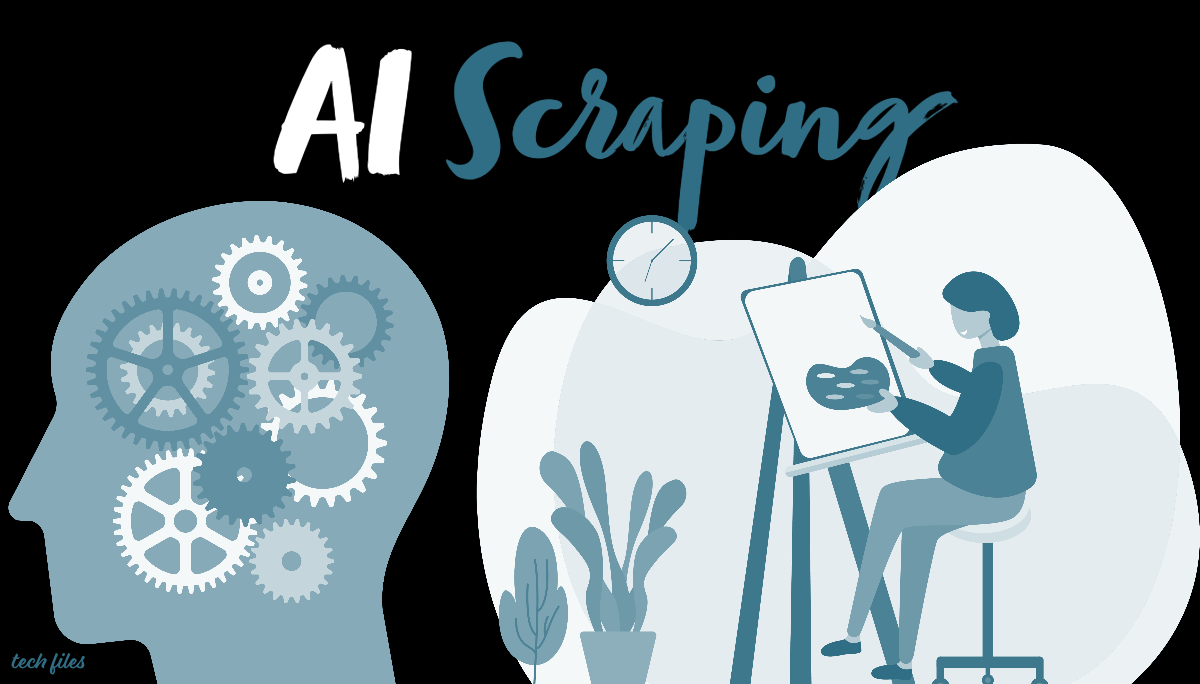
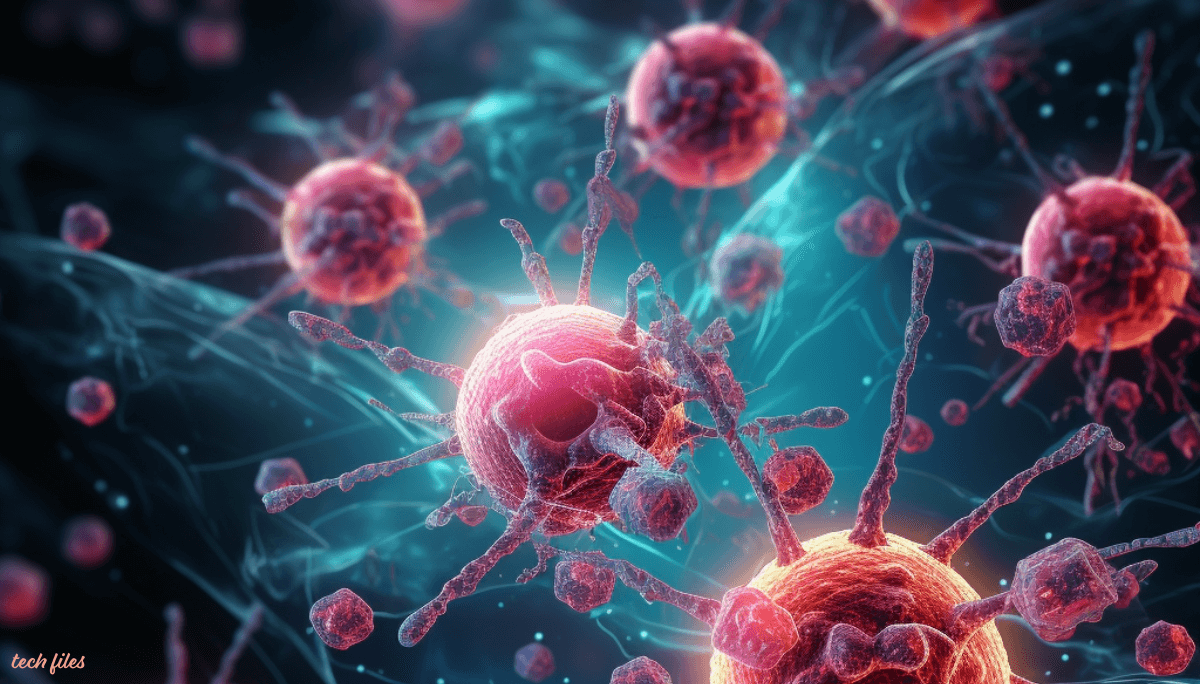
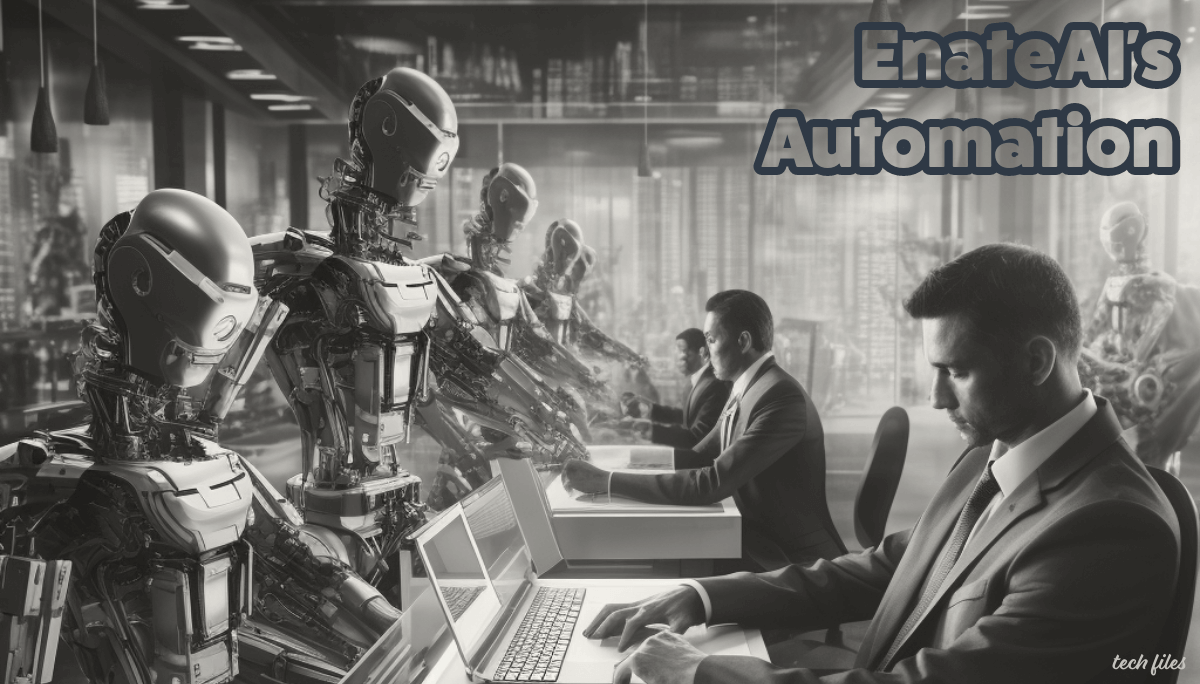

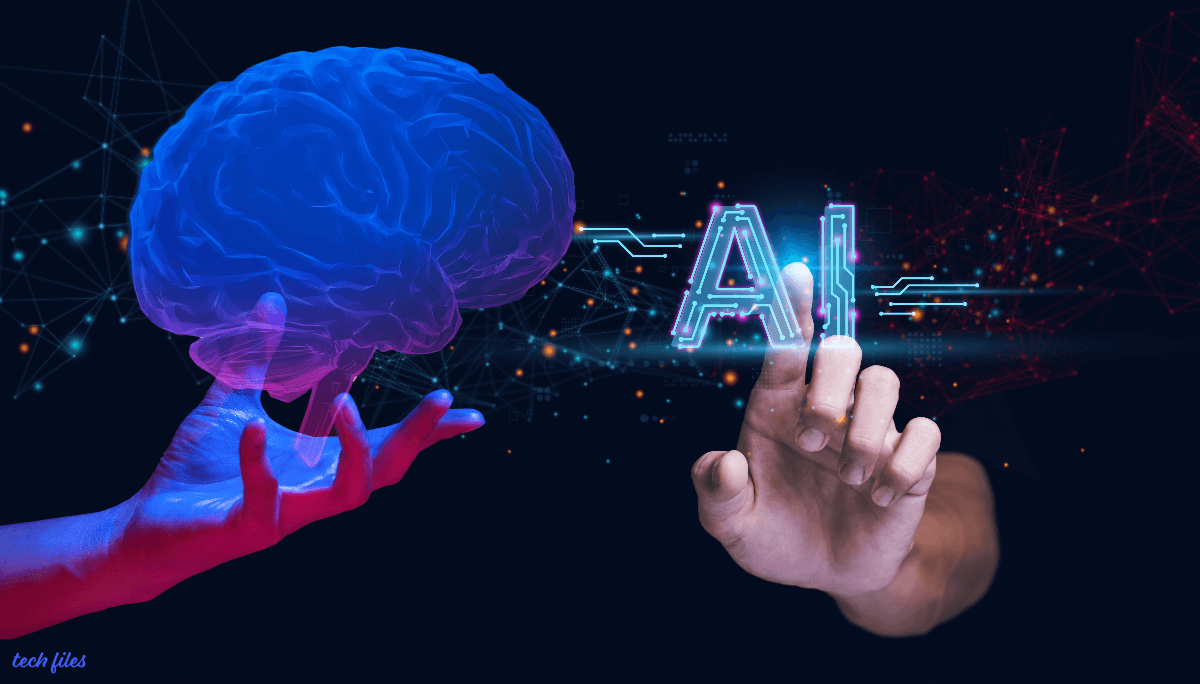
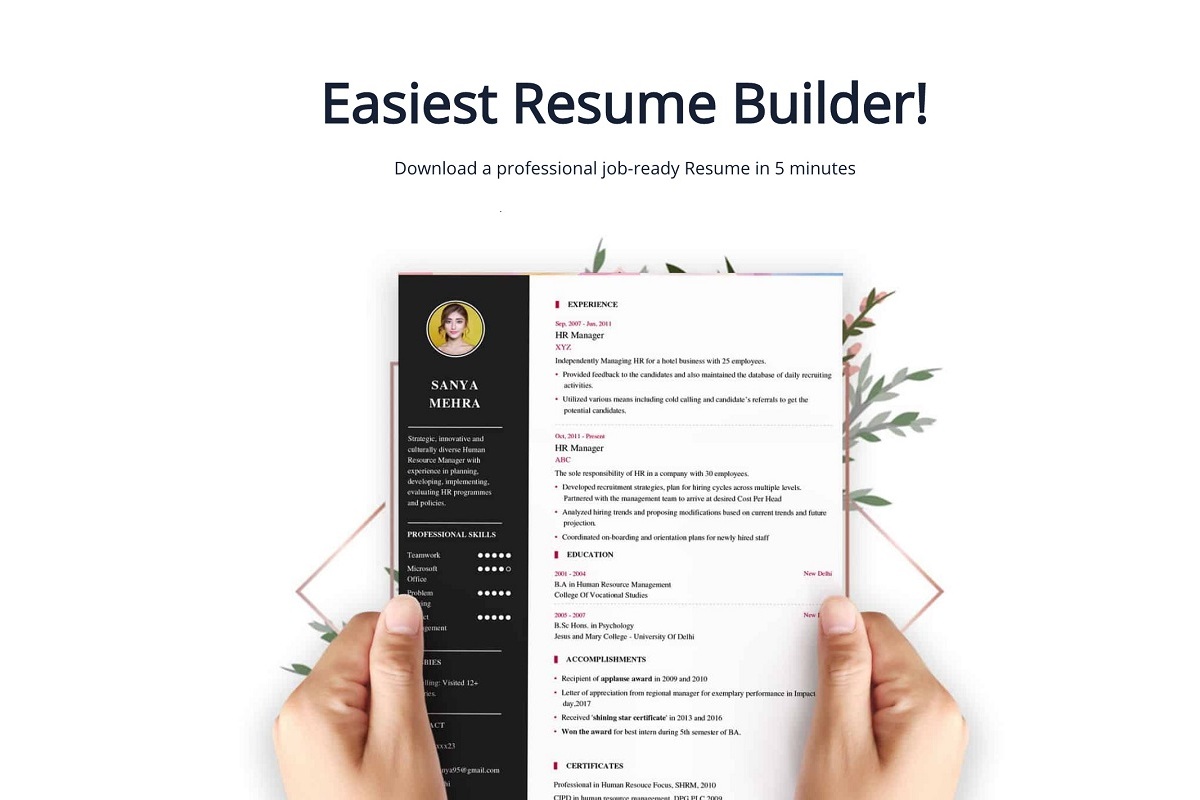
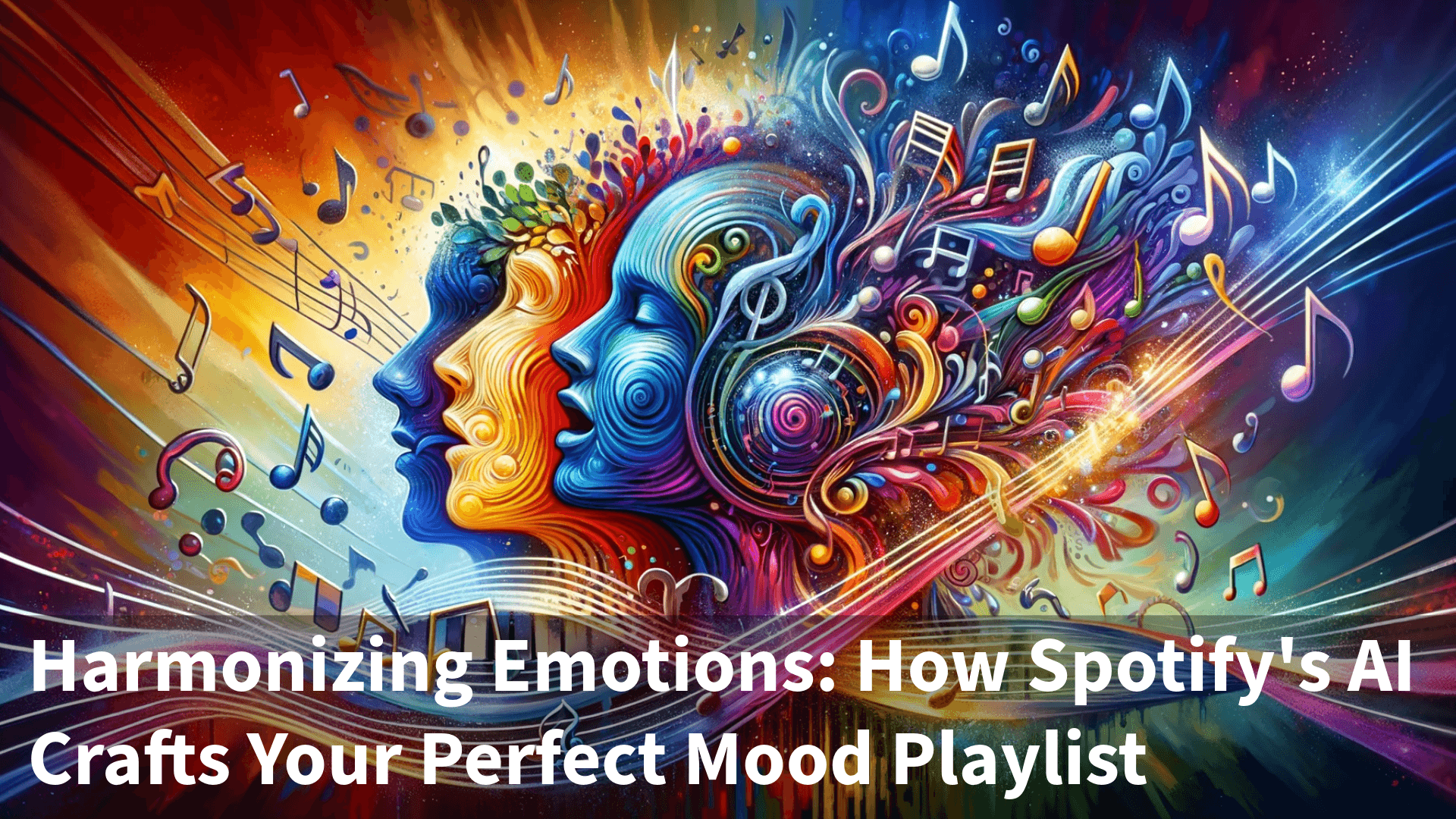
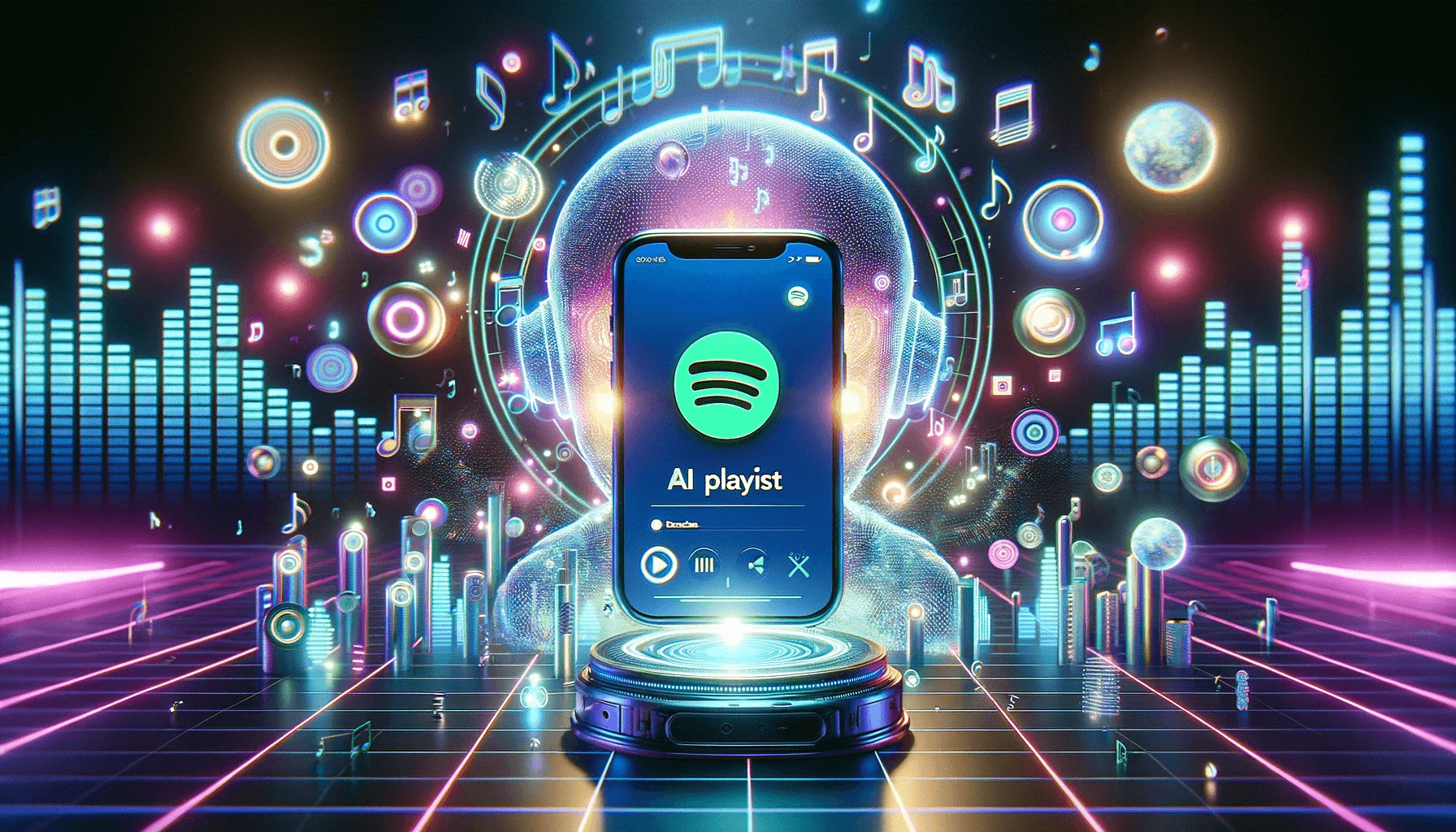


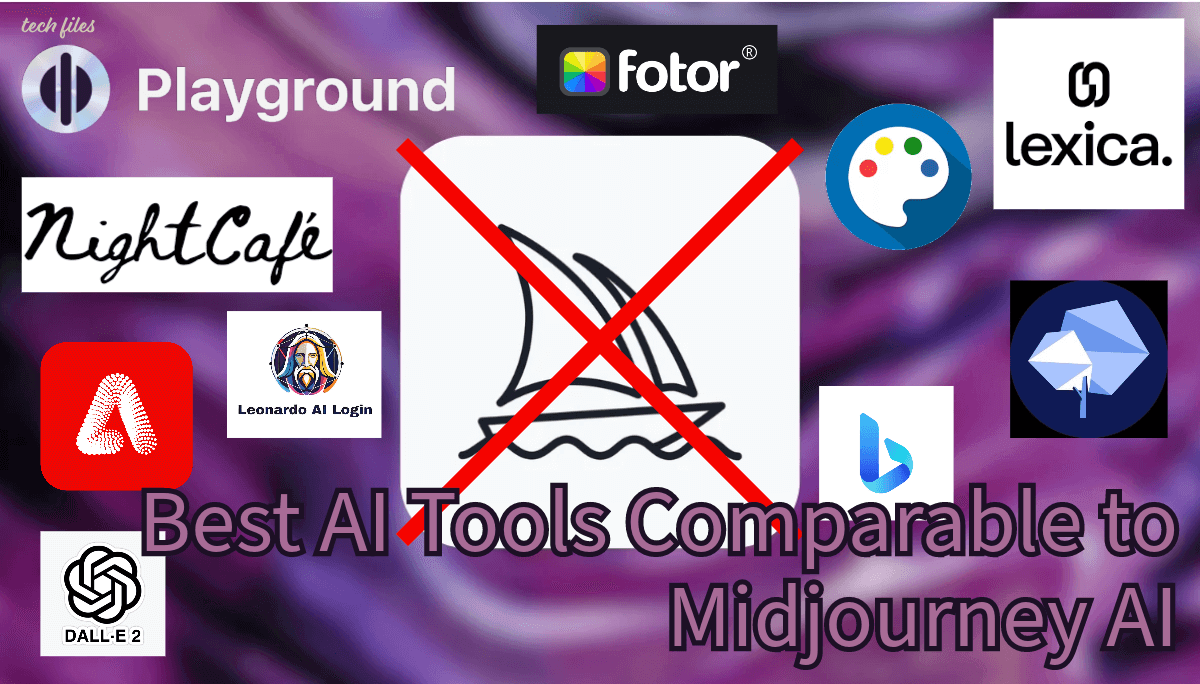
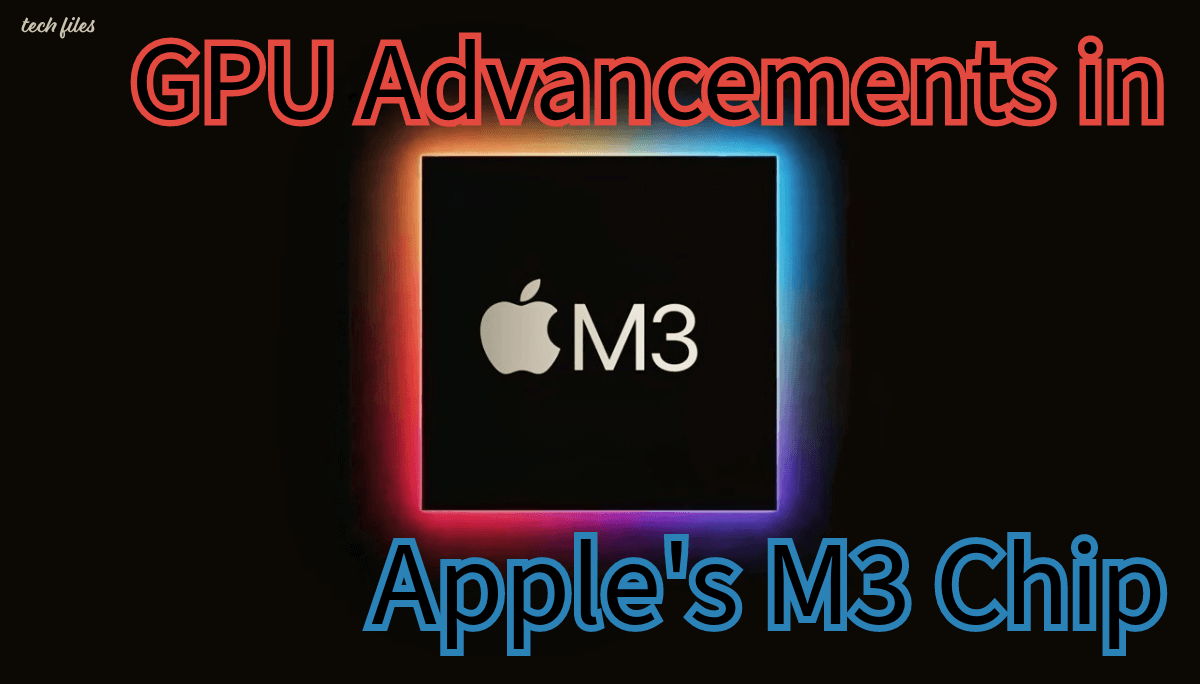
Sharing is caring!